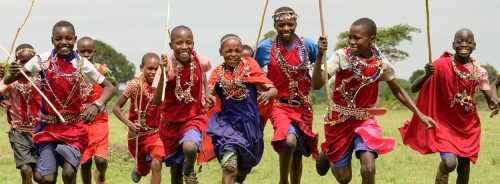About: Adam Bannister
A South African-trained biologist, safari guide, author, filmmaker and photographer, Adam is, above all else, a gifted storyteller. After spending the past 10 years working in some of the world’s most beautiful wild places – the Sabi Sand Game Reserve in South Africa, Rajasthan in India, Brazil’s Pantanal, and the rainforests of Manu National Park in Peru – he is delighted to share his stories of one of the loveliest game reserves of them all, the Maasai Mara.
Browse all articles by Adam Bannister
Meet the angama team

